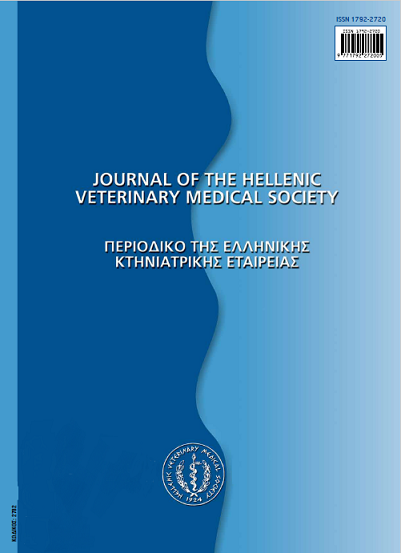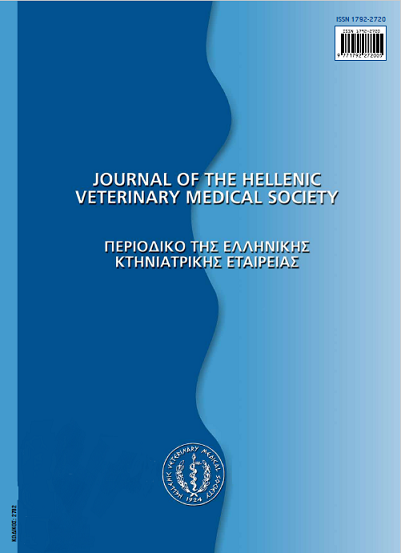Carcass decontamination methods in slaughterhouses: a review
Abstract
European Union legislation approach to meat safety assurance advocates use of strict preventive hygiene measures and procedures to overcome threats by pathogens. Therefore, there is no need for carcass decontamination at the last stage of slaughtering process, using intervention methods. In contrast, the United States permit and regulate intervention decontamination methods. Generally, a HACCP system may use intervention treatments. These may be based solely on a non intervention system or use a combination of both. Interventions have the advantage of achieving a consistent reduction in bacterial contamination and require less manual input, but on the other hand, may also lead to carcass discolouration, produce large quantities of waste water and be relatively expensive. Moreover, intervention methods could constitute a means of concealing poor hygiene conditions during slaughtering or, even more, their residues could be a potential hazard for food safety. Non-intervention systems have the advantages of being relatively inexpensive, easy to implement and more preventive. However, these systems rely heavily on human effort and the possibility for error is considerably higher than the intervention systems. There are many carcass decontamination methods, as described in the relevant literature and used in slaughterhouses worldwide, such as: (i) cold/warm water washing, (ii) hot water washing, (iii) steam vacuuming, (iv) steam pasteurization, (v) irradiation, (vi) organic acid application, (vii) combination of organic acid application with other decontamination treatments and (viii) other chemical treatments. Aim of this review is to provide information on the relevant literature, as well as describe and Ncomment on the questions raised.
Article Details
- Zitationsvorschlag
-
MILIOS (Κ. ΜΗΛΙΟΣ) K., DROSINOS (Ε. ΔΡΟΣΙΝΟΣ) E. H., & ZOIOPOULOS (Π.Ε. ΖΩΪΟΠΟΥΛΟΣ) P. E. (2017). Carcass decontamination methods in slaughterhouses: a review. Journal of the Hellenic Veterinary Medical Society, 65(2), 65–78. https://doi.org/10.12681/jhvms.15517
- Ausgabe
- Bd. 65 Nr. 2 (2014)
- Rubrik
- Review Articles
Authors who publish with this journal agree to the following terms:
· Authors retain copyright and grant the journal right of first publication with the work simultaneously licensed under a Creative Commons Attribution Non-Commercial License that allows others to share the work with an acknowledgement of the work's authorship and initial publication in this journal.
· Authors are able to enter into separate, additional contractual arrangements for the non-exclusive distribution of the journal's published version of the work (e.g. post it to an institutional repository or publish it in a book), with an acknowledgement of its initial publication in this journal.
· Authors are permitted and encouraged to post their work online (preferably in institutional repositories or on their website) prior to and during the submission process, as it can lead to productive exchanges, as well as earlier and greater citation of published work.




